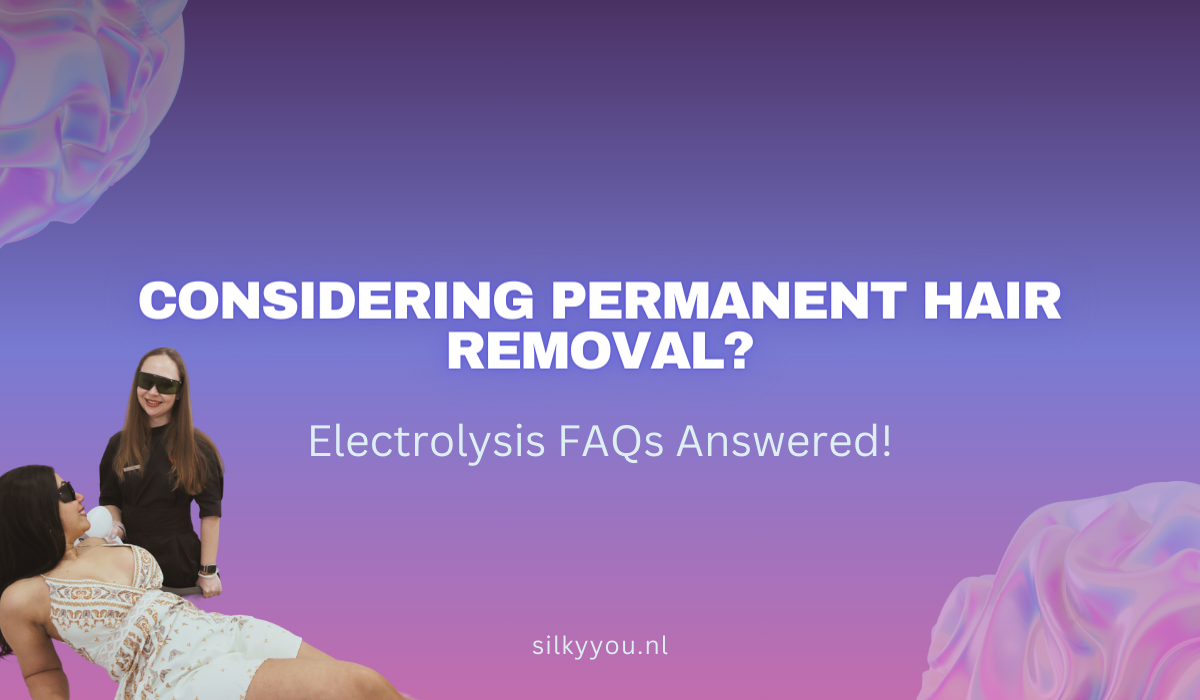
Considering Permanent Hair Removal? Electrolysis FAQs Answered!
Are you tired of constantly shaving, or plucking unwanted hair? If so, you may have considered permanent hair
Here in our tips section we have collected some tips that you can use as part of your pre-session preparation. Good preparation can greatly help the final result and make your treatment more enjoyable.

Are you tired of constantly shaving, or plucking unwanted hair? If so, you may have considered permanent hair

Are you tired of constantly battling unwanted hair? Do you long for smooth, hair-free skin without the hassle
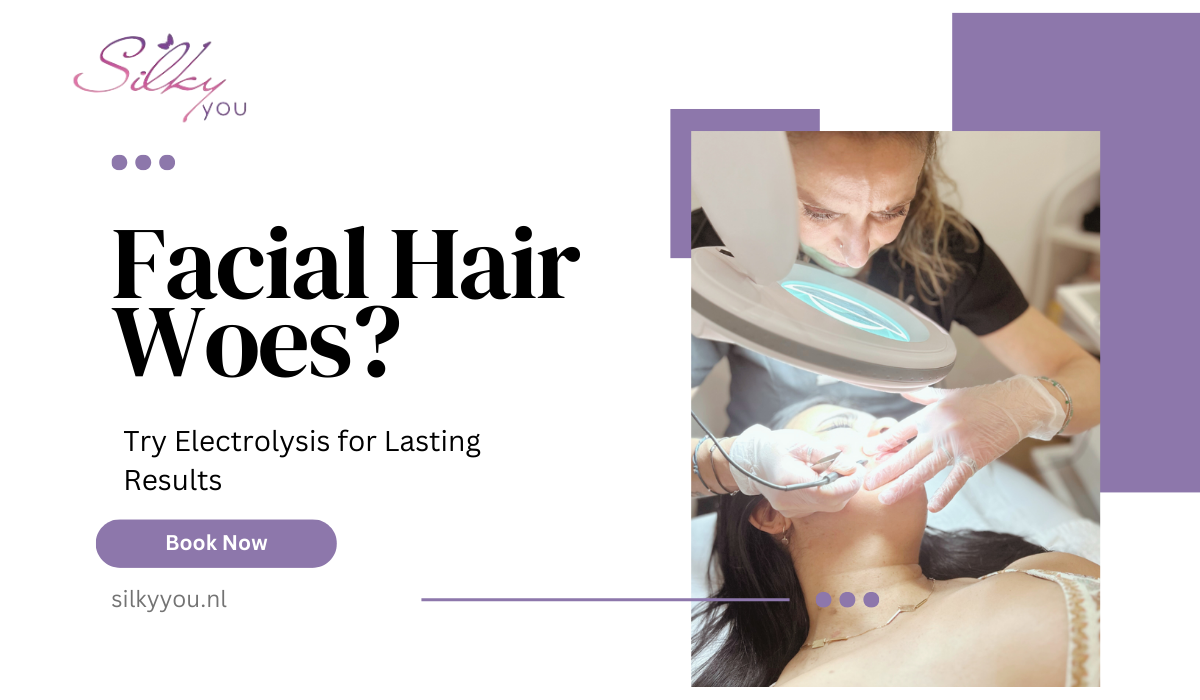
Dealing with unwanted facial hair can be a persistent challenge, affecting both confidence and daily comfort. At Silky
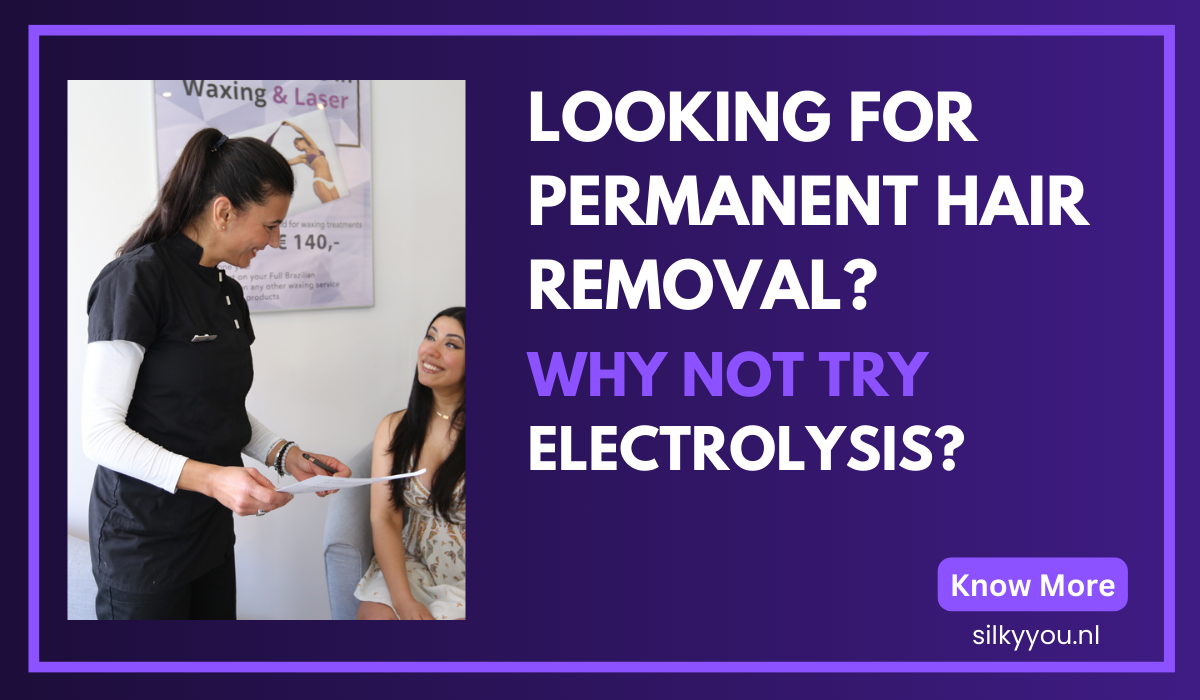
In the quest for smooth, hair-free skin, many people turn to temporary solutions like shaving and depilatory creams.
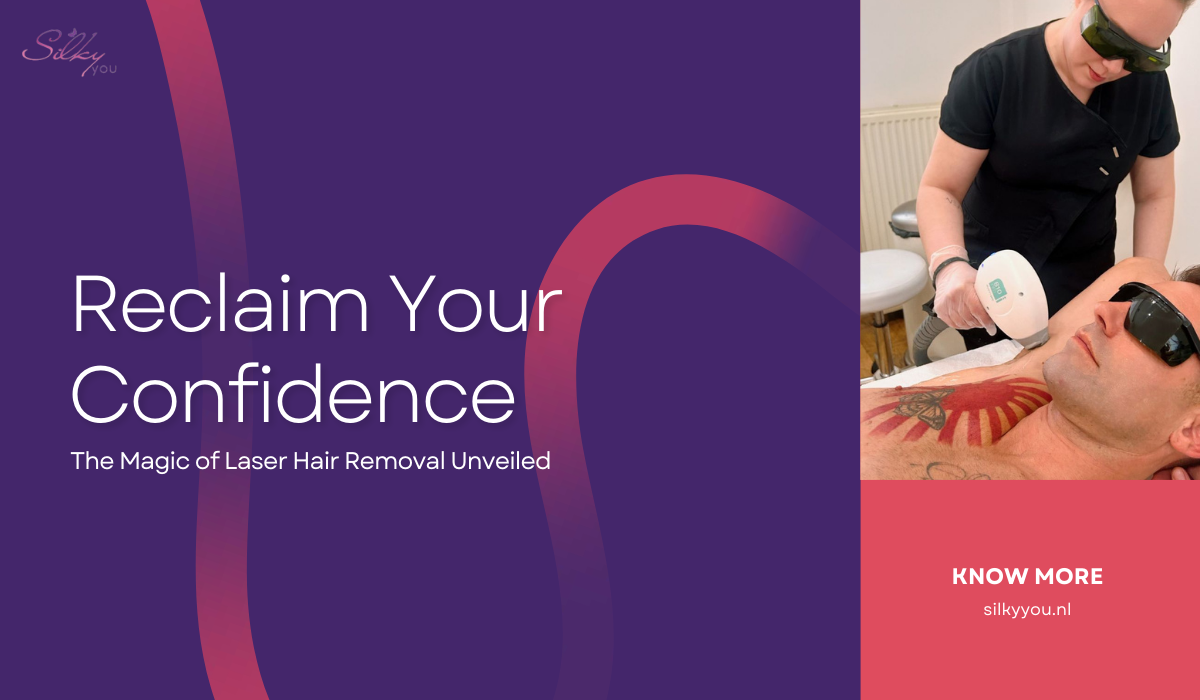
Are you tired of spending countless hours plucking, shaving, or unwanted hair? Do you dream of smooth, flawless
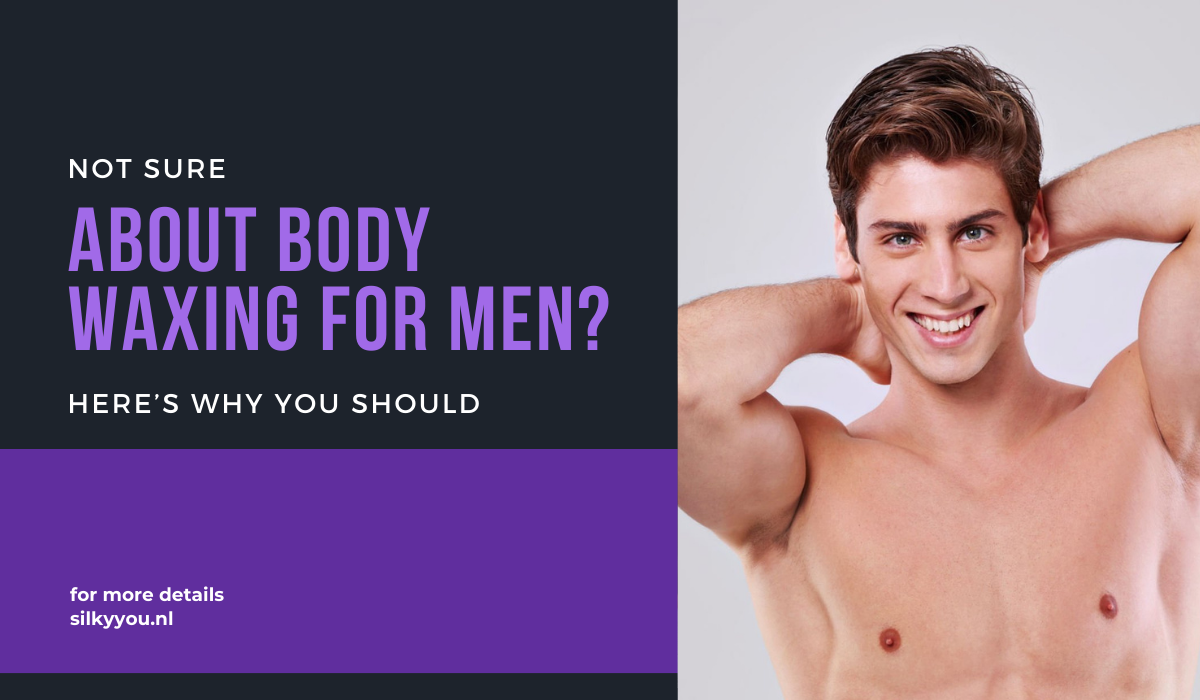
If you’re a man considering grooming options, Body Waxing for men in Amsterdam, Netherlands, might not be the
Silky You offers quality waxing with an attention to detail and personal service not seen in other salons.
Don’t miss our future updates! Get Subscribed Today!
Copyright. Company - All right reserved